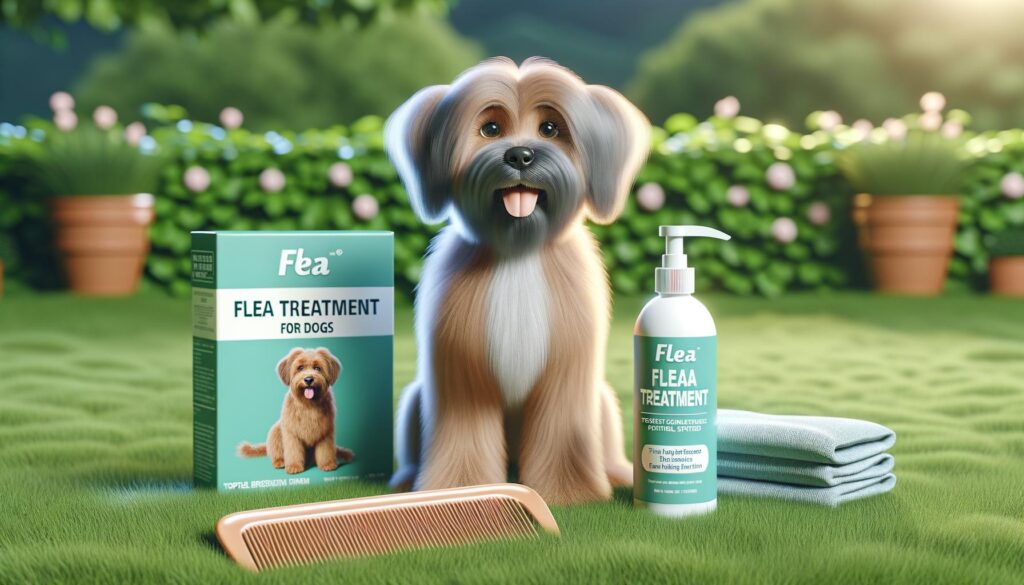Comprehensive Guide to Flea Treatments for Dogs

Understanding the Flea Problem
Fleas are more than just an itch for dogs; they can cause serious discomfort and health issues. A single flea on your dog can quickly turn into an infestation in your home. Understanding the life cycle of fleas is crucial in tackling the problem effectively. Adult fleas lay eggs that fall off your pet into the environment, and within days, these eggs hatch into larvae. The larvae then spin cocoons and develop into pupae, which can remain dormant for months before emerging as adult fleas. This cycle explains why a single sighting of fleas can lead to persistent problems if not addressed thoroughly.
Identifying Symptoms and Infestation
Identifying flea infestation early can prevent more serious complications. Common signs that your dog might have fleas include excessive scratching, biting, and licking of the skin. You may also notice hair loss, red or irritated skin, and in some cases, tapeworms, which fleas can carry. To check for fleas, look for flea dirt, which appears as small black specks on your dog’s skin and fur, especially around the neck and tail base. A good method is to use a flea comb to inspect your dog’s fur. If you’re unsure, a visit to the vet can confirm if your pet is suffering from fleas.
Effective Flea Treatment Options
Treating fleas effectively requires a multi-pronged approach. Here are some common and effective solutions:
- Topical Treatments: These are liquid treatments placed directly on your dog’s skin to kill fleas on contact.
- Oral Medications: These are pills given to your dog that work from the inside out to eradicate fleas.
- Flea Collars: Worn around the neck, these collars release chemicals that repel fleas.
- Insect Growth Regulators: These products prevent fleas from growing and reproducing.
- Flea Shampoos and Sprays: These provide immediate relief by killing fleas on contact.
Choosing the right treatment depends on your dog’s age, health, and lifestyle, so consulting with a veterinarian is essential.
Preventing Future Infestations
Prevention is always better than treatment when it comes to fleas. Regular grooming and bathing help spot fleas early. Vacuum your home frequently to remove eggs and larvae from carpets and furniture. Consider treating your yard and indoor environment with flea repellents to minimize the risk of infestation. It’s also beneficial to wash your pet’s bedding regularly with hot water. Prevention not only helps keep your dog flea-free but also protects your home from further infestations.
Consulting a Veterinarian
Your veterinarian plays a crucial role in managing your dog’s flea issues. They can recommend tailored treatments and preventative measures based on your pet’s specific needs and health status. If your dog has a severe flea infestation or an allergy to fleas, a veterinarian’s guidance is invaluable in providing relief and preventing potential complications such as skin infections. Establishing a preventative routine with your vet ensures that fleas don’t become a recurring issue.
Conclusion
Dealing with fleas involves not only treating the existing problem but also taking steps to prevent future infestations. By understanding the flea life cycle, identifying symptoms, choosing appropriate treatments, and maintaining preventative measures, you can ensure a comfortable and healthy life for your dog. A collaborative approach with your veterinarian can provide the best defense against fleas, emphasizing the importance of tailored strategies for your pet’s well-being.
